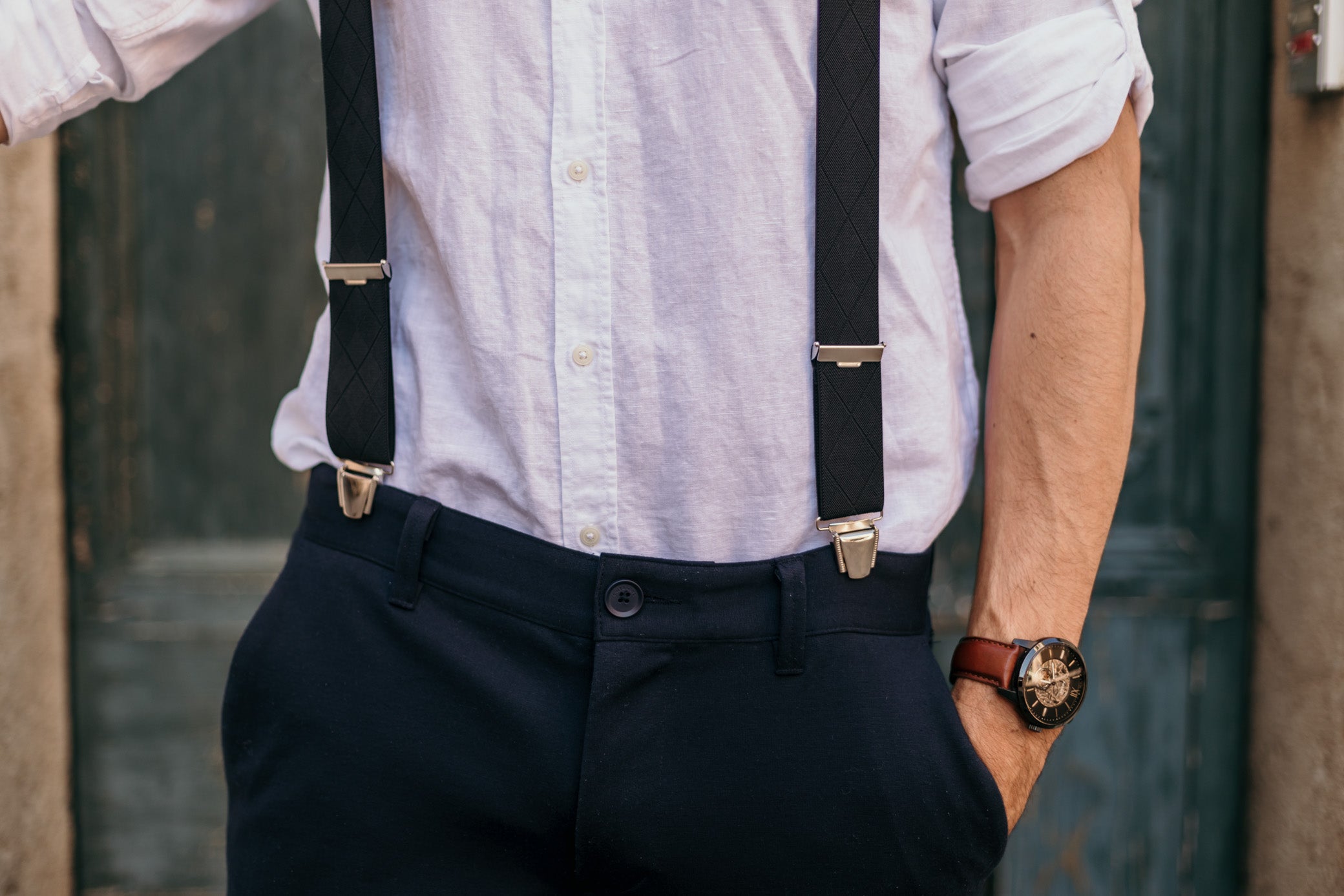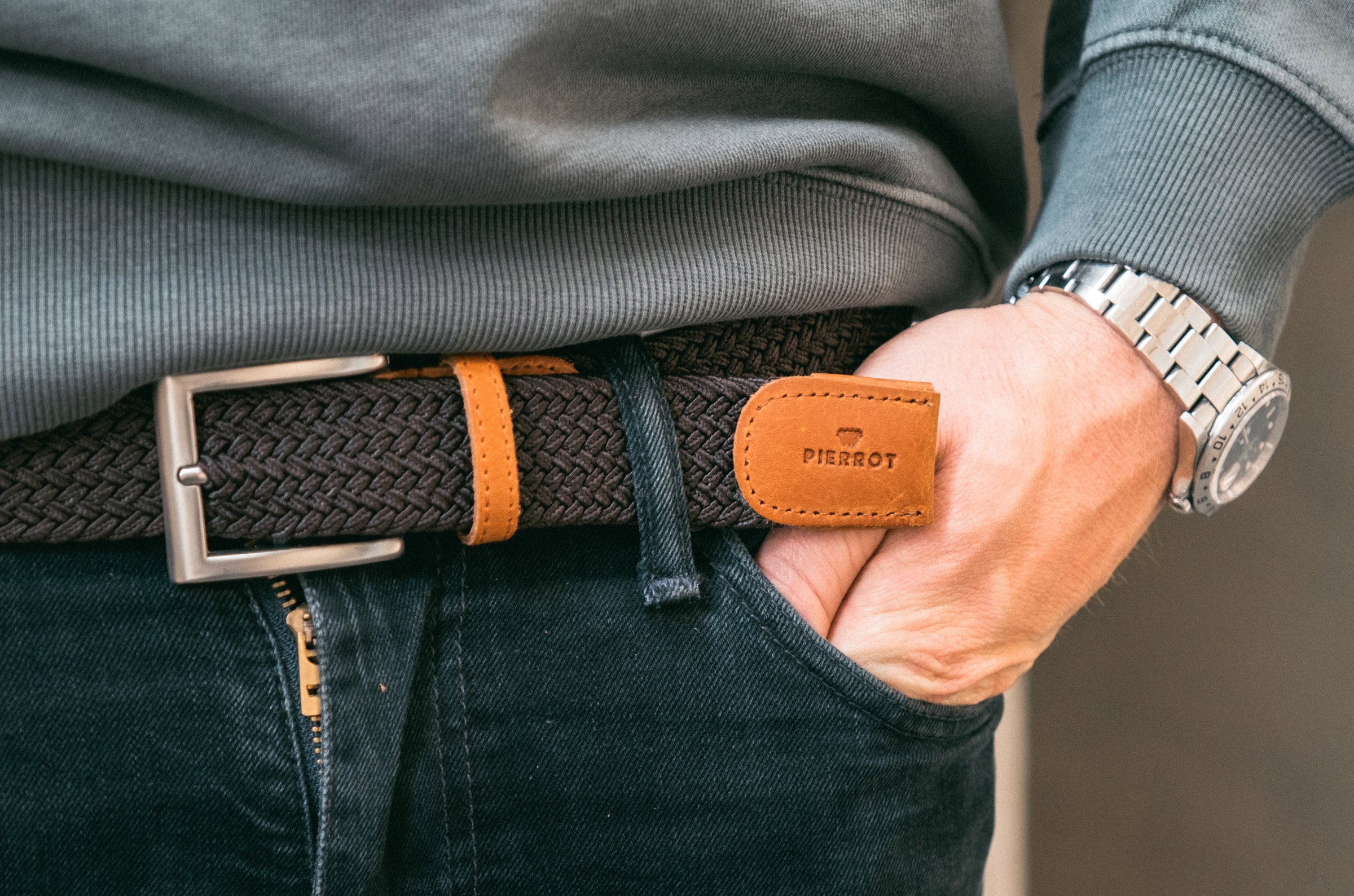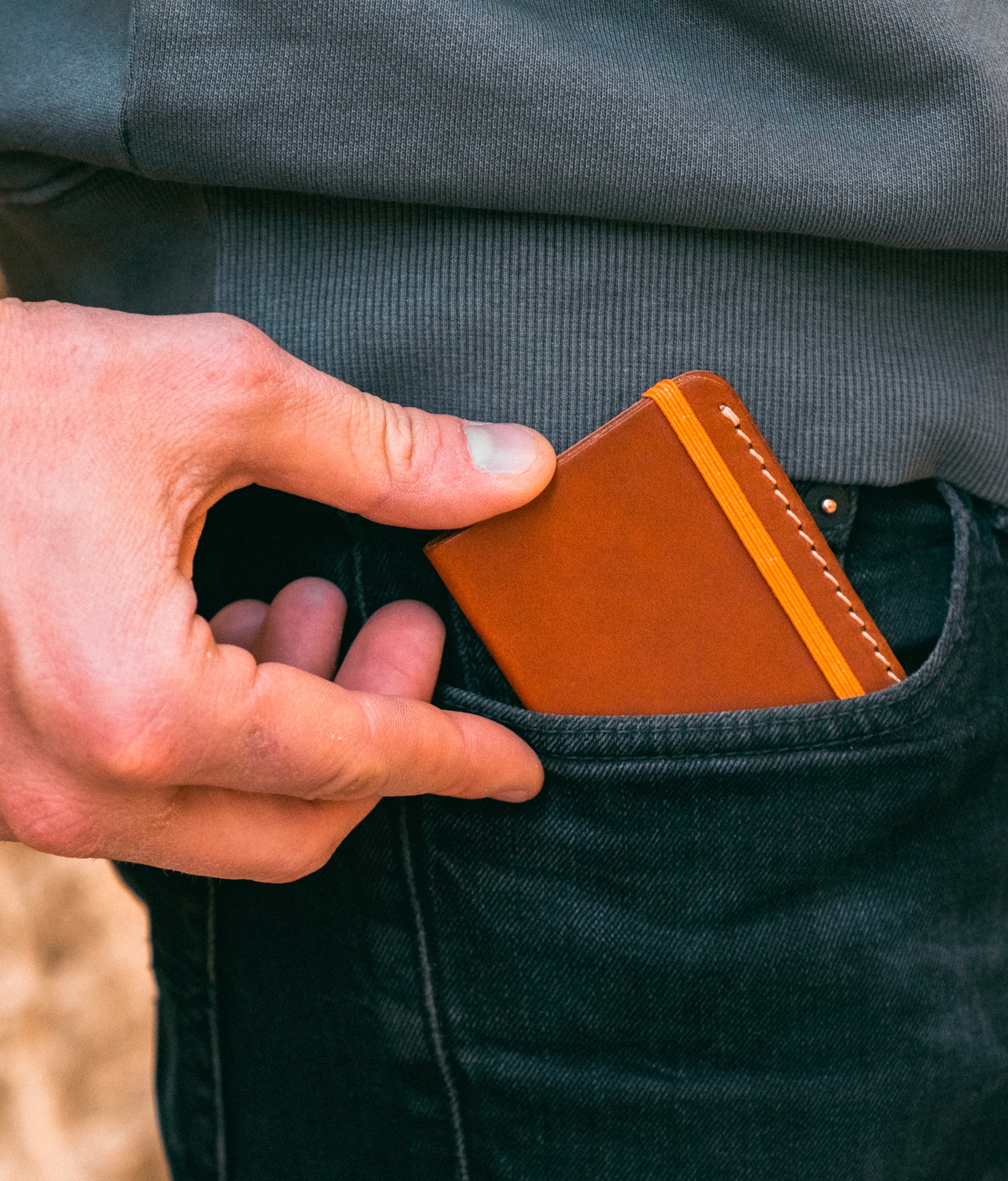Transparency and traceability: how is the “Pierrot” brand committed to responsible consumption?
What if “transparent” was the color of tomorrow? 🔎
As a “made in France” brand we often hear “it’s expensive for a pair of suspenders” or “is everything made in France?” so we decided to tell you everything. 📢

What is French washing?
We have had enough of “made in France” all the time, without explanations and without proof. What if it was just French washing?
This process, also known as “franco-washing”, is becoming more and more widespread with the growth of “made in France”. The goal is to deceive the consumer during these purchases, giving them the impression of buying French when that is not the case. This practice is disrupting the local economy to the detriment of brands that are truly “made in France”.
The manipulation mainly involves using the codes of products manufactured in France, namely:
- the mention “France” (and yes it does not do everything): although this mention is completely free, it misleads consumers;
- the French flag and the tricolors: this distinctive sign, well known to all, is often used as a decorative element or for marketing, but this does not necessarily justify French manufacturing;
- the mentions “assembled”, “imagined” or “designed” (this is very clever): as with the previous elements, these mentions will push consumers to believe that a product is “made in France” and yet this will not be not the case;
- storytelling: what could be better than telling the story of a company founded in France, with a hint of nostalgia and a few omissions about the origin of the products. In fact, it’s a fairly recurring trap and it’s a real shame.
Now that you have the information, you won't be fooled again. But ultimately what is “made in France?”
“Made in France” or “made in France” explained in a few lines
Quite simply, it is a marking of origin, which companies indicate on their products, certifying the origin of the latter. For manufactured products, including textiles, it is up to the company to choose whether to indicate it or not. This is a major difference with food, agriculture or cosmetics. It is a regulated distinction, and which cannot be given randomly.
A product can be 100% Made in France (that’s cool) or it can be the result of the transformation of imported raw materials. Don’t panic, it’s still Made in France. We'll explain it to you.
The product can be said to be “made in France” if a significant part which brings real value to the product is made and if the last substantial transformation is carried out in France.
Very concretely, at least 50% of the added value of the product must be made in France. Basically it’s good to write it but you have to be able to justify it.
What if we were transparent with you?
At Pierrot, we have decided to be transparent with you. Our products are manufactured in France in our partner workshops, with components that we have carefully selected for their reliability and quality.
It is sometimes necessary to import from our neighbors who are better placed and more qualified, but all the processing work is the result of French know-how.
Concretely, Pierrot accessories are:
🇮🇹 Italian leather and belt buckles, no doubt it’s the best quality
🇩🇪 German pliers for suspenders, they are super good in industry
🇧🇪 Belgian elastic, the best value for money
👌 the magical fingers of French artisans because we have talent
We are proud of our cultural heritage and we want to promote it. 🇫🇷











